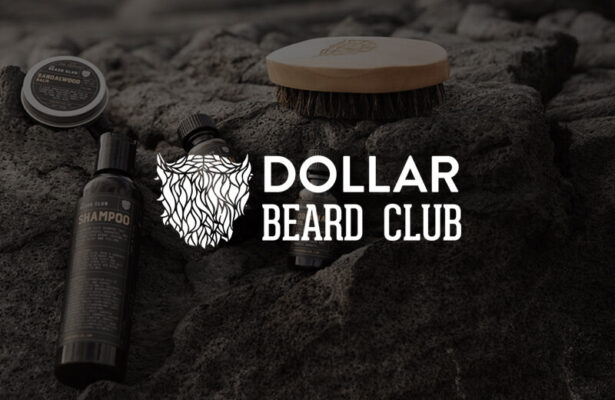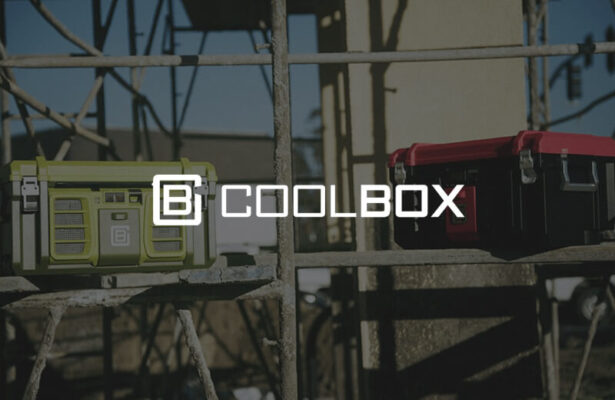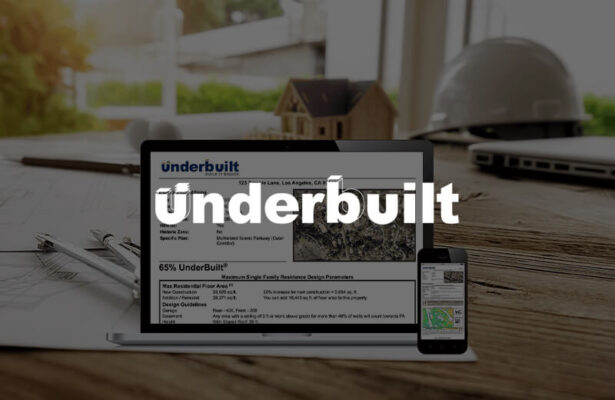In today’s digital age, having a strong online presence is crucial for any business. Whether you’re a local coffee shop or a growing tech startup in Boise, your website is often the first point of contact with potential customers. Idaho Style is here to share expert tips on Boise website development to help you create a successful online presence. Let’s dive in!
The Importance of a Strong Online Presence
Before we get into the nitty-gritty of website development, let’s talk about why having a robust online presence is so essential. A well-designed website can:
- Enhance your brand’s credibility by consistently delivering high-quality products and services.
- Increase visibility and reach through targeted marketing campaigns and a strong online presence.
- Boost customer engagement by interacting with your audience on social media and responding to their feedback.
- Drive sales and conversions with personalized offers and a seamless shopping experience.
A strong online presence means your business can be found easily by potential customers, and it reflects your brand’s professionalism and reliability. Let’s break down the key elements that make up successful Boise website development.
1. Start with a Clear Purpose
Your website should have a clear purpose. Whether it’s to sell products, provide information, or showcase your portfolio, knowing what you want to achieve will guide your design and content decisions. Ask yourself these questions:
- What do I want visitors to do when they visit my site?
- How can my website solve my audience’s problems?
- What information is most important for my visitors?
Actionable Tip: Write down your primary goals and keep them in mind throughout the development process. This clarity will help you stay focused and create a site that meets your business objectives.
2. User-Friendly Design
A user-friendly design is paramount. Visitors should find your site easy to navigate, with a layout that guides them intuitively to the information or products they’re seeking. Here’s how you can achieve this:
- Simplicity: Avoid clutter and focus on clean, simple designs. A minimalist approach not only looks professional but also improves user experience by reducing distractions.
- Navigation: Use a clear menu structure and consider a search bar for easier access. Intuitive navigation helps visitors find what they need quickly, keeping them engaged and satisfied.
- Consistency: Keep fonts, colors, and design elements consistent throughout the site. Consistency in design builds trust and makes the website easier to use, providing a cohesive and pleasant experience for users.
Example: Look at successful local Boise website development for inspiration on clean, effective design. Their site is easy to navigate, with clear sections for menu items, locations, and contact information.
3. Mobile Optimization
With an increasing number of users browsing on mobile devices, ensuring your website is mobile-friendly is a must. Google also prioritizes mobile-friendly websites in search results.
- Responsive Design: Your website should automatically adjust to fit any screen size, providing an optimal viewing experience on desktops, tablets, and smartphones. This ensures that users have a consistent and enjoyable experience no matter what device they are using, reducing the likelihood of frustration and increasing user engagement.
- Mobile-First Approach: Design with mobile users in mind from the start, rather than retrofitting a desktop design for mobile devices. By prioritizing mobile functionality and aesthetics, you’ll deliver a seamless and intuitive experience for the growing number of users who primarily access the web through their smartphones.
Actionable Tip: Use responsive design techniques to ensure your site looks great on all devices, from desktops to smartphones. Tools like Google’s Mobile-Friendly Test can help you check your site’s compatibility.
4. SEO Best Practices
Optimizing your website for search engines is crucial for attracting organic traffic. Here are some SEO best practices:
- Keyword Research: Use tools like Google Keyword Planner to find relevant keywords like “Boise website development.” It’s important to analyze search volume, competition, and trends to select the most effective keywords for your strategy.
- On-Page SEO: Incorporate keywords naturally into your titles, meta descriptions, headers, and content. Ensure that your keywords fit seamlessly and enhance readability, while also improving search engine rankings.
- Quality Content: Create valuable, informative content that addresses your audience’s needs. Focus on providing actionable insights and practical advice, ensuring your content is engaging and aligns with the interests of your target audience.
Example: Idaho Style uses keyword-rich content to rank higher in search results, driving more traffic to their site. Regularly updated blogs and optimized service pages ensure they stay relevant and visible.
5. Fast Loading Speed
A slow website can drive visitors away. Google also considers page speed as a ranking factor. Here’s how to keep your site speedy:
- Optimize Images: Use compressed images without sacrificing quality to improve load times. Tools like TinyPNG can help reduce file sizes without noticeable loss in image quality.
- Minimize HTTP Requests: Reduce the number of elements on your page that need to load by combining files, using CSS sprites, and eliminating unnecessary images or scripts. This decreases server requests and speeds up page load time.
- Enable Browser Caching: Store elements of your site in users’ browsers so they don’t have to reload every time they visit. By setting expiration dates for static resources, you can significantly cut down on load times for returning visitors.
Actionable Tip: Optimize images, use caching, and minimize code to improve loading times. Tools like Google PageSpeed Insights can help you identify areas for improvement.
6. Engaging Content
Content is king when it comes to keeping visitors engaged and encouraging them to take action. Here are some content tips:
- Blogs: Regularly update your site with informative blog posts. Blogs help establish your authority, improve your SEO rankings, and keep your audience informed and engaged with valuable content.
- Multimedia: Use images, videos, and infographics to make your content more engaging. Visual elements can help convey complex information more effectively and capture your audience’s attention.
- Call to Actions (CTAs): Guide your visitors to the next step with clear CTAs. Whether it’s signing up for a newsletter, downloading a resource, or making a purchase, effective CTAs can significantly boost your conversion rates.
Example: Idaho Style’s blog features regular updates on Boise website development trends, keeping their audience informed and engaged. Videos and infographics make complex information easier to digest.

7. Secure Your Site
Security is a top priority for any website. An SSL certificate not only protects your data but also boosts your site’s credibility and SEO ranking. Key security practices include:
- SSL Certificates: Encrypt data between the server and the user’s browser, ensuring that sensitive information like passwords and credit card numbers stay private and secure.
- Regular Updates: Keep your website’s software, plugins, and themes updated to protect against vulnerabilities and security flaws that hackers could exploit. Regular updates also often include new features and performance improvements.
- Backup Solutions: Regularly back up your website to prevent data loss in case of a breach or failure. This includes making copies of your database, files, and other essential data so you can quickly restore your site if something goes wrong.
Actionable Tip: Make sure your hosting provider supports HTTPS and regularly update your website’s software to protect against vulnerabilities. Implementing these measures will ensure your site remains secure and trustworthy.
8. Analytics and Performance Tracking
To continually improve your website, you need to track its performance. Use tools like Google Analytics to monitor traffic, user behavior, and conversion rates. Here’s how to get started:
- Set Up Google Analytics: Install Google Analytics on your site to track key metrics. This tool provides insights into visitor demographics, behavior, and the sources of your traffic, helping you understand who your audience is and where they come from.
- Monitor User Behavior: Analyze how visitors interact with your site in detail. Identify which pages are most popular and determine where users are likely to drop off. Pay special attention to navigation patterns and user flow to optimize the overall user experience.
- Set Goals and KPIs: Clearly define what success looks like for your website. Set specific, measurable, achievable, relevant, and time-bound (SMART) goals. Track key performance indicators (KPIs) such as conversion rates, bounce rates, and average session duration. Regularly review these metrics to assess performance and make data-driven decisions for continuous improvement.
Actionable Tip: Set up regular reports to review your site’s performance and make data-driven decisions for future improvements. Adjust your strategies based on what the data reveals to continually optimize your site.
9. Social Media Integration
Integrate your website with social media to increase your reach and drive more traffic. Social buttons and feeds can keep your visitors connected with your latest updates. Consider these strategies:
- Social Share Buttons: Make it easy for visitors to share your content on their social media channels by adding clear and accessible share buttons. This increases the likelihood of your content being seen by a wider audience.
- Embedded Feeds: Display your latest posts from platforms like Instagram or Twitter directly on your website to keep your visitors engaged with fresh and dynamic content. This also provides a seamless way to integrate your social media presence with your website.
- Cross-Promotion: Promote your website content on your social media channels to drive traffic back to your site. By sharing blog posts, videos, or other valuable content on platforms like Facebook, LinkedIn, and Twitter, you encourage your social media followers to visit your website for more detailed information.
Example: Idaho Style’s website features social media buttons prominently, encouraging visitors to follow and share their content. This integration helps build a cohesive online presence across platforms.
10. Local SEO Strategies
For businesses in Boise, local SEO is key. Make sure your site is optimized for local searches by:
- Including your address and phone number: Ensure they’re clearly listed on your website and that they match the information provided on your Google My Business profile. Consistency is key to building trust with search engines and potential customers.
- Using local keywords: Incorporate terms like “Boise website development” organically throughout your content, including in headings, meta descriptions, and blog posts. This helps search engines understand the geographical relevance of your services.
- Getting local backlinks: Partner with other local businesses and organizations to obtain backlinks. These partnerships could include sponsoring local events, guest posting on local blogs, or collaborating on community projects. High-quality local backlinks can significantly boost your local search engine rankings.
Example: Idaho Style collaborates with local businesses to enhance their online presence through mutual backlinks and mentions. This local focus helps them rank higher in Boise-specific searches and attract more local customers.
FAQs about Boise Website Development
Q1: What are the most important elements of a successful website?
A: Key elements include a clear purpose, user-friendly design, mobile optimization, fast loading speed, and engaging content.
Q2: How can I improve my website’s SEO?
A: Focus on keyword research, on-page SEO, quality content, and local SEO strategies to improve your website’s search engine ranking.
Q3: Why is mobile optimization important?
A: With more users browsing on mobile devices, a mobile-friendly site ensures a good user experience and better search engine rankings.
Q4: How often should I update my website’s content?
A: Regular updates are essential. Aim to add new content, such as blog posts, at least once a week to keep your site fresh and engaging.
Q5: What security measures should I take for my website?
A: Implement SSL certificates, regularly update software, and use reliable backup solutions to ensure your website’s security.
Q6: How can social media integration benefit my website?
A: Integrating social media can increase your reach, drive more traffic to your site, and keep your audience engaged with your latest updates.
Wrapping It Up
Creating a successful online presence through Boise website development involves a blend of strategic planning, user-focused design, and ongoing optimization. By following these tips, you can build a website that not only attracts visitors but also converts them into loyal customers. Idaho Style is here to help you every step of the way, ensuring your website becomes a powerful tool for your business growth. For more information visit our website https://idaho-style.com/ or call us at (208) 639-9867.











